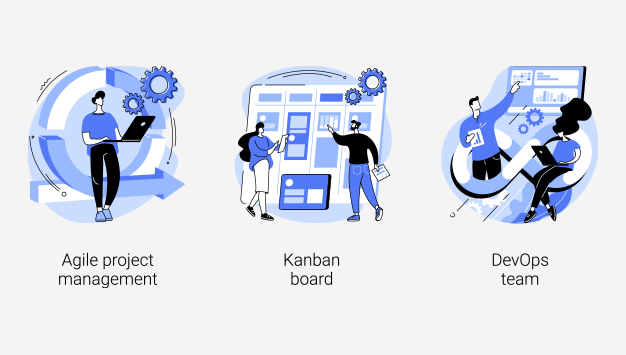Bhavani Jallepalli – Senior Manager, PMO
7th Dec, 2020
Given the growth of the pharmaceutical segment, the industry needs to become increasingly better at managing projects for more treatment options to become available to patient populations. The objective of any project management pursuit is to complete the project on time, within budget, and at the required quality or performance parameters. Given the complexity and intense regulatory demands of the pharmaceutical industry, project management is more difficult than many other segments.
A project is a temporary undertaking to achieve a defined outcome. Effective project management organizes and manages resources in a way that achieves project completion within the defined scope, quality, time, and budget.
The temporary nature of a project, including well-defined beginning and end points, differs from permanent or semi-permanent ongoing processes used to create a pharmaceutical product repeatedly. The management of projects versus the management of ongoing processes is typically quite different. Projects begin and end to enact some sort of change within a pharmaceutical organization, such as a new product, production suite, process, etc. Therefore, pharmaceutical project managers must be effective managers of discrete change, whereas ongoing process managers need to be skillful at maintaining operations and making subtler changes over time.
Mainly Project management comprises of the following steps:
Step #1 – Clearly Establish Project Definition and Impacting Constraints
Step #2 – Project Execution Planning
Step #3 – Project Execution
Step # 4 – Project Completion
The traditional role of project management is to put a process in place that prevents failure. It is a linear methodology where all the phases of a process occur in sequence. Its concept depends on predictable tools and experience. Each project follows the same life cycle which includes the stages such as feasibility, planning, designing, building, testing, production, and support.
Teams plan the entire project upfront without any scope for changing requirements. The rigidity of this method is the reason why it is not meant for large projects and leaves no room for changing the requirements once the project development starts.
Current Scenario
Project management is getting more demanding and agile. It is how organizations go to market sooner, deliver faster value and make customers happier bringing in higher importance to the Agile methodology. The basic concept behind Agile software development is that it delves into evolving changes and collaborative effort to bring out results rather than a predefined process. Adaptive planning is perhaps the top feature of Agile and one that makes it a favorite among project managers, worldwide. Scaled Agile frameworks like Disciplined Agile and SAFe combine Agile with Lean practices, indicating that Agile is reaching maturity.
As the global pandemic disrupts our regular way of working, we see a world that demands innovation in managing our projects, our processes, and people. Virtual project management is now pertinent, as project managers spend more than half of their time on coordination and monitoring.
The GENINVO Difference
We make the best use of project management software that helps increase communication and collaboration. These tools empower employees to self-organize projects from start to finish and turn their own innovative ideas into reality. We provide Custom Application Development services where our technical teams support solutions development in key projects and other areas.
As an organization focused on innovation, we are working on building innovation and intelligence into the project management culture. Our specialized AI and ML teams built AI bots that can take care of the PM tasks in some of the following areas:
- Finding innovative ways to obtain quantified customer feedback and implement the lessons learnt in the completed and ongoing projects.
- Predictive analytics using data, algorithms, and AI to forecast future outcomes. Organizations can use predictive analysis to rebuild, manage future risks, and be truly resilient in the face of radical changes happening in the industry.
- Employing AI to sort emails and meetings and set aside time for productive work.
- Using AI to do most of the repetitive work, including compare, analyze, and approve working hours, and leave applications based on set rules.
- Proposing and assigning resources to the right tasks based on their skill set.
- There is still lot more opportunity for AI to help the PMO office get more organized, reduce redundancy, and increase predictability.




